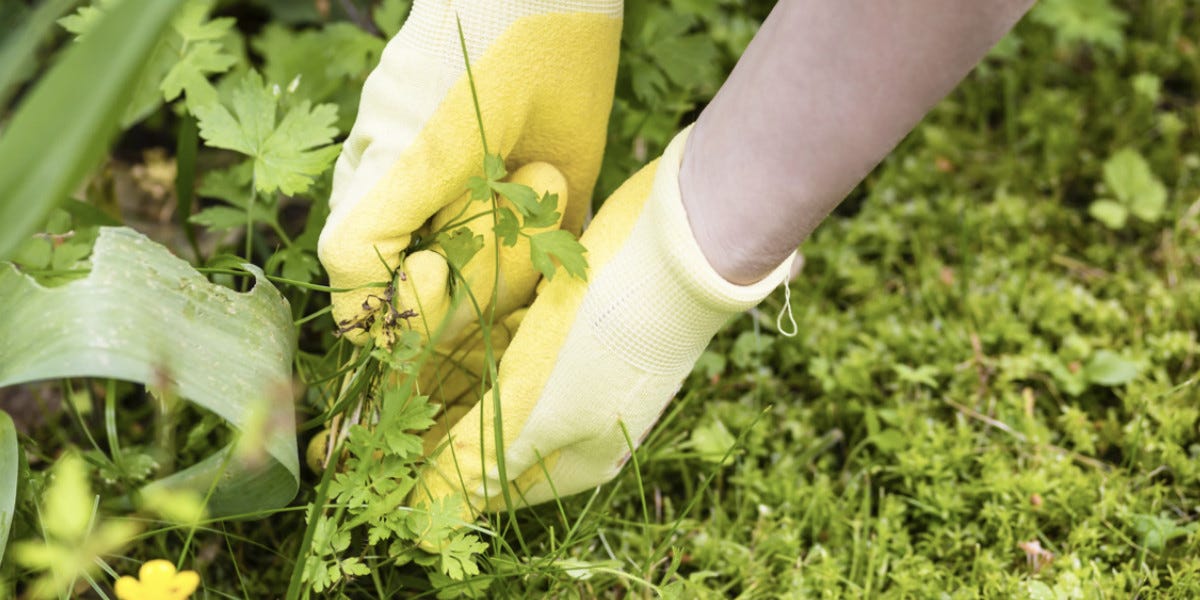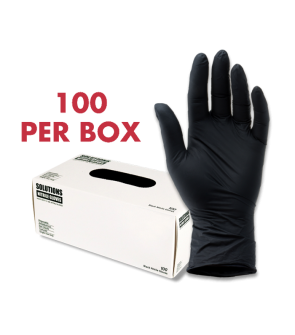Gain access to personalized product screening, the best pricing, rewards, and more!
Most Effective Products
How to Get Rid of Weeds Naturally
This page is a common DIY guide for applicators trying to control weeds without herbicides in certain states. When trying to control weeds all federal and state laws are still present and must be followed.
You find yourself looking at a herbicide online that seems to be the perfect fit, but then you find out that it cannot be shipped to your location. You may try to look somewhere else and run into the same problem. So, what do you do if you cannot use herbicides to control weeds?
Getting rid of weeds without herbicides requires a combination of preventative, mechanical, and biological control methods. Our DIY guide explains these steps and other professional tips. If you need help identifying your weed be sure to check out our weed control library.
Why Are Herbicides Restricted In My State?
Herbicides may be restricted in your state due to environmental, health, and safety concerns. Many states impose regulations to protect water sources, native plants, wildlife, and public health from the potential risks associated with chemical herbicides.
To ensure compliance, check your state’s Department of Agriculture or Environmental Protection Agency (EPA) guidelines for approved alternatives and best practices.
Identification
 The first thing you will need to do is determine what type of weed is invading your property. Weeds can be classified into two categories: broadleaf weeds and grassy weeds.
The first thing you will need to do is determine what type of weed is invading your property. Weeds can be classified into two categories: broadleaf weeds and grassy weeds.
Identifying whether a weed is broadleaf or grassy is essential for proper control, as different management strategies are needed for each type.
Broadleaf Weeds
Broadleaf weeds have wide, flat leaves with visible veins and come in a variety of shapes. Their leaves can be round, oval, lobed, or serrated, depending on the species. Unlike grassy weeds, broadleaf weeds typically have a central stem with multiple leaves branching from it. Many broadleaf weeds produce colorful flowers, making them easier to identify. Examples include dandelions, clover, plantain, and chickweed.
Grassy Weeds
Grassy weeds resemble grass and have narrow, blade-like leaves that grow in a parallel pattern from the base. They often blend in with turfgrass, making them harder to distinguish. Unlike broadleaf weeds, grassy weeds grow upright or spreading from a single point, with hollow, jointed stems. They reproduce through seeds, rhizomes, or stolons. Common examples include crabgrass, goosegrass, foxtail, and annual bluegrass.
Inspection
 Weeds can appear in various locations on a property, often thriving in disturbed soil, neglected areas, and spaces with minimal competition from other plants. One of the most common areas for weed growth is the lawn, especially in bare patches, compacted soil, and areas with poor drainage. Weeds take advantage of weak grass growth and spread rapidly if not managed properly.
Weeds can appear in various locations on a property, often thriving in disturbed soil, neglected areas, and spaces with minimal competition from other plants. One of the most common areas for weed growth is the lawn, especially in bare patches, compacted soil, and areas with poor drainage. Weeds take advantage of weak grass growth and spread rapidly if not managed properly.
In garden beds, weeds compete with flowers and vegetables for nutrients, water, and sunlight. They often grow along the edges, near mulch gaps, or in spaces where the soil has been disturbed. Pathways, driveways, and sidewalks are also prime locations for weed growth, as small cracks and gaps allow seeds to settle and germinate.
Around fences, property lines, and borders, weeds can establish themselves due to reduced maintenance in these areas. They often spread from neighboring properties or unmanaged land. Near water sources, such as irrigation ditches, ponds, and drainage areas, weeds flourish due to consistent moisture.
Additionally, neglected corners, under decks, and around structures provide sheltered environments where weeds can grow unnoticed. Regular inspection and maintenance in these areas help prevent weed infestations from spreading and taking over the property.
Natural Alternatives to Herbicides
If your state restricts certain herbicides, you can still effectively manage weeds using some Integrated Weed Management (IWM) methods. Here’s what you can do:
Preventative
Preventive measures of integrated weed management focus on reducing weed growth before it becomes a problem.
Using cover crops, such as clover, ryegrass, or alfalfa, also helps by outcompeting weeds and improving soil health. Additionally, proper lawn and garden maintenance is key as keeping lawns mowed at the right height prevents weeds from getting the sunlight they need, while dense planting in garden beds reduces space for weeds to grow.
Landscape fabric or biodegradable weed barriers can be used in garden beds and pathways to block weed growth.
Inspect the quality of your plant seeds before planting them and any soil you are using. Soil containing weeds or other plant material should not be used.
Thoroughly clean equipment before using it in a new part of your yard. This will help prevent the spread of seeds from weeds.
Mechanical & Physical
Mechanical weed control involves physically removing or disrupting weeds to prevent their growth and spread.
One of the most effective methods is hand pulling, which ensures the roots remove weeds before they can seed and spread. This is especially useful for small-scale infestations or newly emerging weeds.
Hoeing and cultivation are also effective for cutting weeds just below the soil surface, preventing regrowth while minimizing soil disturbance.
For larger areas, mowing and cutting can help manage weeds by preventing them from flowering and producing seeds.
Regular mowing at the proper height helps reduce weed competition in lawns and fields. In areas with compacted soil, tilling can help control deep-rooted weeds. Still, it should be used selectively, as excessive tilling can disturb beneficial soil organisms and encourage more weed seeds to sprout.
Biological
Biological control uses living organisms to manage weed populations in a natural and sustainable way.
One common biological method is the use of grazing animals, such as goats and sheep. These animals feed on a variety of weeds and can be especially effective in hard-to-reach or large infested areas. Their selective grazing helps suppress unwanted plant growth while reducing the need for mechanical or chemical intervention.
Another biological approach involves the introduction of insects or pathogens that specifically target certain weed species. For example, certain beetles, moths, weevils, or snails have been released in the United States to help control invasive weeds.
These organisms feed on the weed’s leaves, stems, or roots, gradually weakening or killing the plant over time.
Fungal pathogens and bacteria can also be used as biocontrol agents to infect and suppress specific weeds without harming desirable vegetation.
This method is not commonly used because it could impact native pest species and ecosystems and lead to a difficult-to-manage pest or disease infestation.
Key Takeaways
What Herbicide Can I Use?
- Most of the time, if you find an online website that cannot sell a herbicide to your state, it is because of that state's restrictions. Your best bet is to use integrated weed management practices or purchase a herbicide from a store in your location.
Why Cannot I Use or Purchase This Herbicide In My State?
- Each state's Department of Agriculture regulates the use of certain chemicals in products, which may not be approved in certain states.
How to Find Out Which Herbicide Can Be Used In Your Location
- It's best to contact your local Department of Agriculture or the EPA (United States Environmental Protection Agency).












